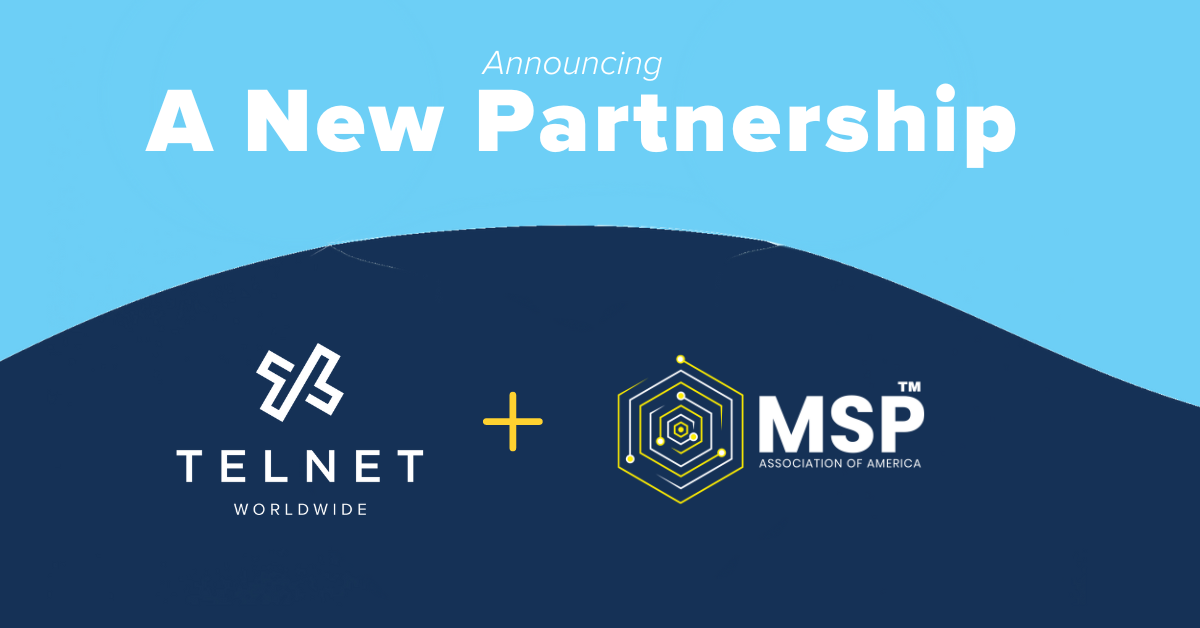The PBX, the lifeblood of any mid-large corporation’s communications infrastructure, has changed dramatically over the years. What used to be strictly a standalone machine, at first the PBX consumed valuable space and power, and was prone to mechanical failure. Now, more and more, a PBX is simply software that runs on a server, perhaps one of several applications running on that device.
While there are many different PBX software options available, Asterisk, the open-source option, has particularly grown in popularity.
Open-Source
When you hear the words ‘open-source,’ it’s likely the word ‘Linux’ comes to mind. If it doesn’t, it should. Linux is a powerful computer operating system, like Windows or Mac, that hosts the majority of the web servers in the world today, and is used extensively by organizations like Google and SpaceX.
When software is open-source, it means that the source code that underpins it is visible to anyone who cares to look and can be freely modified to tailor-fit any application. It also means, in almost every case, that the software is free to use and distribute. With that being said, allow me to introduce you to Linux’s telephony-minded second cousin: Asterisk.
Asterisk, created in 1999 by Digium Inc., is an open-source software PBX that can run on several versions of Linux, as well as macOS. The main benefit of an Asterisk PBX is that because it is open source, using this software requires no licensing fees whatsoever. But don’t let that price tag fool you. Asterisk is on the cutting-edge of PBX technology.
Power in Flexibility
Asterisk is a feature-rich, highly customizable platform that can scale to serve enterprises of hundreds, or even thousands of users. By leaving its source-code open to modification, Asterisk allows a skilled engineer to integrate many of the advanced telephony functions that define the modern IP-PBX. Features such as presence, paging, and voicemail-to-email integration are all possible, just to name a few.
Where a typical ‘closed-source’ PBX may allow some features to be activated with a new software release, or with a purchased ancillary license, an Asterisk administrator has ultimate flexibility with their PBX feature-set. If you can dream it, you can build it!
Asterisk As a Core
Much like Linux provides the base for operating systems such as AndroidOS, Asterisk is used as the base for several software PBXs in the industry today, including FreePBX, and Digium’s own Switchvox.
While using these over-the-top solutions involves sacrificing some flexibility, they help abstractify Asterisk’s moving parts, allowing for more straightforward administration. FreePBX, as its name implies, is also free open-source software. More sophisticated offerings like Switchvox may not be free, but they offer a polished user experience, similar to what more well-known vendors offer.
Whether used by itself, or coupled with one of these over-the-top software packs, Asterisk readily integrates with many ITSP offerings, such as TelNet Worldwide’s feature-rich and highly flexible SIP Trunks. With additional hardware, Asterisk can even integrate with TelNet’s crystal-clear and reliable IP-PRI solution.
Asterisk Challenges
There are, however, challenges with using this program. For one, configuring the Asterisk engine directly takes a great deal of skill – sometimes taking years to master. To quote Asterisk’s official website: “Asterisk is built by and for communication systems developers.” That should give you an idea of the level of expertise required to manage this software.
An additional challenge is the lack of support. Most PBX solutions purchased from a vendor will not only have some kind of warranty, but also a team of support professionals that can be engaged should you run afoul of their software. Asterisk comes with no implicit warranty, and unless purchased separately from Digium or a third-party, no support. You’re on your own!
Despite these challenges, there are many successful implementations of Asterisk in the wild today, fueling collaboration in industries like software development and telecommunications, and providing an excellent sandbox for aspiring developers to learn the ins and outs of protocols such as SIP and H.323. For those of us looking for something a little more ‘pre-packed’ though, there are still several options to choose from.
Alternatives to Asterisk
For many, TelNet’s Cloud PBX (or Hosted PBX) provides the right balance between ease-of-use, cost-effectiveness and flexibility. By allowing us to take care of all the little details that come with managing a PBX, such as licensing, physical infrastructure and security, you can free up valuable time to take care of your more pressing business needs.
If you’re not ready to drop your PBX into the cloud just yet, there are still many options to choose from. Vendors such as Mitel offer fantastic hardware PBXs that pair perfectly with TelNet’s SIP Trunks. In fact, our SIP trunks were recently certified to support Mitel’s MiVoice Business 9.0 and MiVoice Office 250 6.3 SP1, making Mitel an excellent choice for your new IP-PBX.
Picking a Platform
Choosing a communication platform for your business can be a daunting task — and one that should not be taken lightly. Whether you choose an open-source software PBX hosted on your personal cloud, or a standard hardware PBX safely mounted in your IT closet, it’s your communications partnerships that will determine the success of your implementation. With over 20 years of experience in voice, TelNet Worldwide is positioned to provide the world-class service your business deserves, no matter what you choose. Partner with us today!




